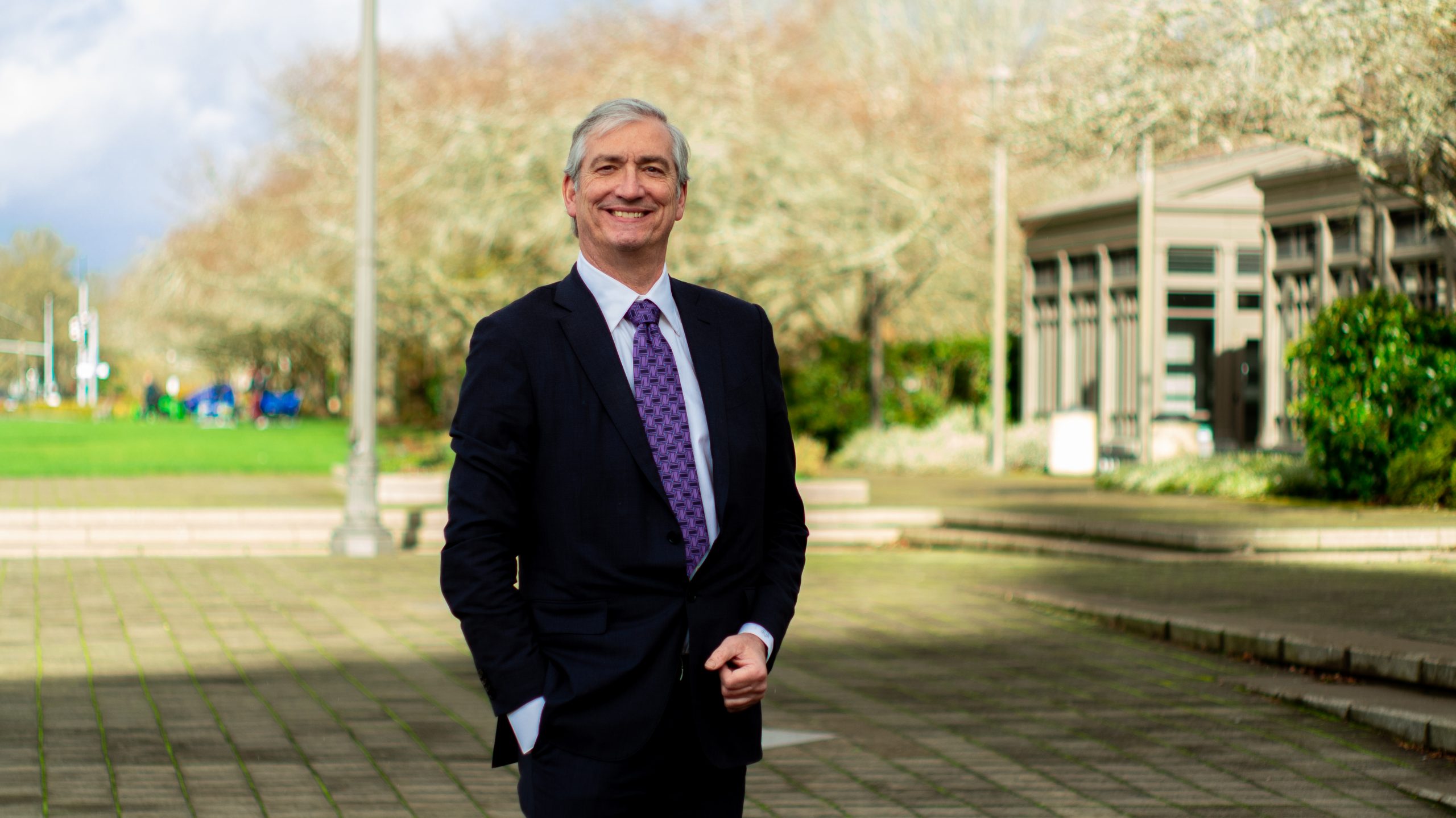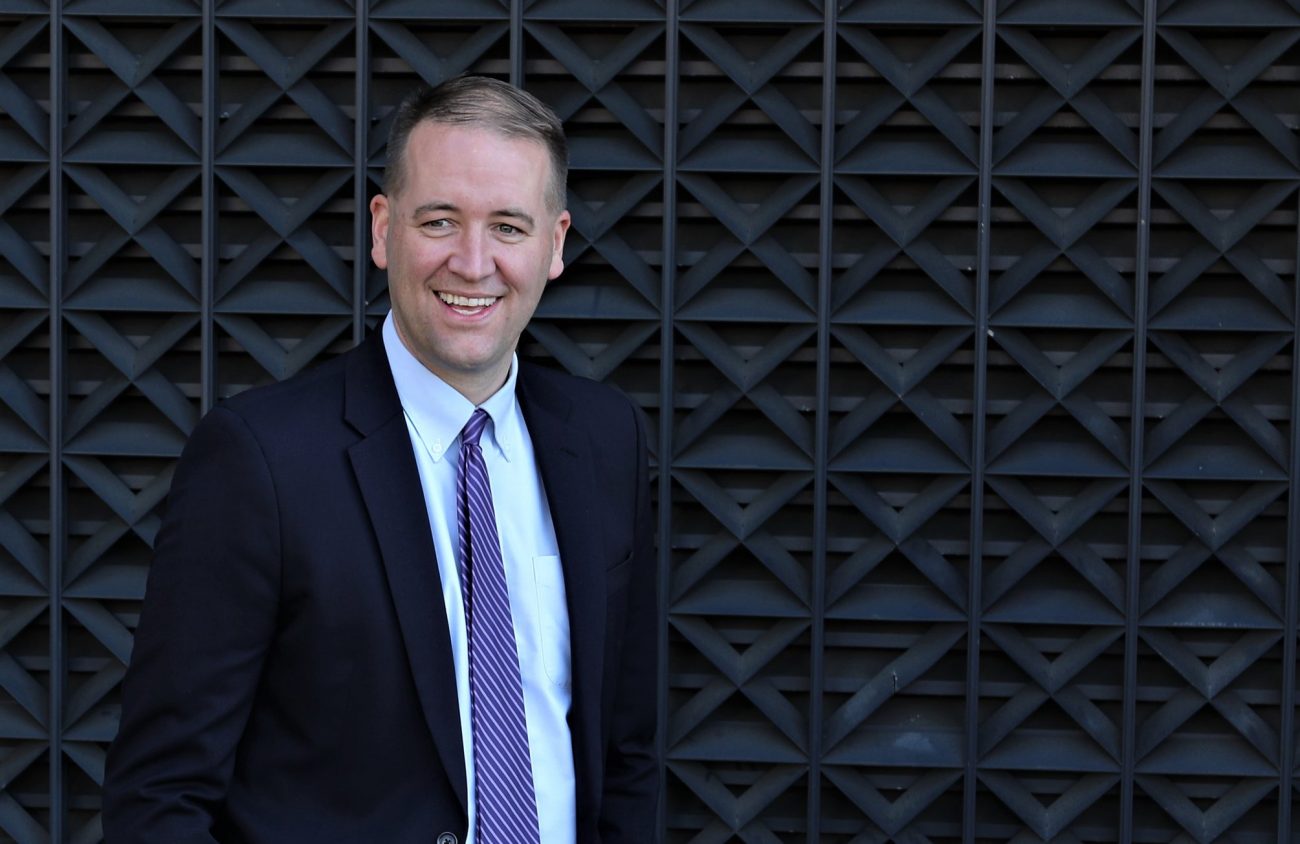The 2020 race for the Office of the State Treasurer has two familiar candidates. In 2016, Treasurer Tobias Read, a Democrat, and Republican Jeff Gudman squared off for the office. Read, a Democrat, won the race by a few percentage points.
But Gudman is back.
Read says he’s overseeing the state’s investments during the stock market’s manic performance under the Trump administration and has also implemented programs that help everyday Oregonians save for retirement and college.
Gudman says he’s running again for two reasons. He has the support of the 2016 Independent Party Treasurer candidate (though Gudman lost that party’s 2020 nomination), which he says will help him win in November. And he says Read isn’t navigating the state through its financial journey.
A former Lake Oswego city councilor who works as an investor, Gudman says Read would rather stay quiet than speak out about issues that impact the state’s finances because he doesn’t want to risk his future run for governor. Read told Eugene Weekly that he has not committed to running for another office yet.
Gudman says had he been elected in 2016, he would’ve been outspoken on how the corporate activity tax should have gone to voters. And he would have publicly criticized the state’s response to COVID-19.
Gudman would have advised Gov. Kate Brown to not shut the economy down, he says. Instead of a county-by-county direction, he would have asked Brown to have more vulnerable populations like people of color and the elderly shelter in place and have the rest of the state consider staying at home.

Although no one can say they were prepared for COVID-19, Read says he was ready for some sort of economic disruption because every economic expansion comes to an end. So he spent most of his first term de-risking the state’s portfolio.
The state’s investments today look less like the Swiss Alps and more like rolling hills, Read says. And he says that during his tenure as treasurer, Public Employee Retirement System, aka PERS, has been ranked one of the best performing investment funds compared to other U.S. state retirement programs.
Read says he doesn’t feel the need to have press conferences or tweet away about his performance.
“I’d rather talk about good investment returns, increasing retirement account balances and more families saving for college,” he says. “That’s what I think about while falling asleep and what gets me up in the morning.”
Because the treasurer is an elected office, candidates who are serious about winning have to find ways to finance campaigns.
Since 2019, Read has raised $676,295 from various donors. Some of his larger contributions include $25,000 from Citizen Action for Political Education (an SEIU-backed group), $10,000 from Nike, Inc. and Affiliates, as well as thousands of dollars from out-of-state litigation lawyers. His average donation is $1,089, according to data from OreStar.
Read says litigation lawyers give to him because Oregon uses its role as a shareholder to sue corporations that misbehave. Gudman has criticized Read for donations from out-of-state litigators in the past. “I get support from those firms because they like someone who’s aggressive and is willing to stand up for individual retirees and against corporate misbehavior,” Read says.
Gudman has raised less money for the 2020 election: He’s raised $131,486 in cash contributions. Some of Gudman’s largest donations are $2,000 from Space Age Fuels, and $3,000 each from Umatilla and Douglas Republican county committees. His average contribution is $318, according to data from OreStar.
Among the Office of the State Treasurer’s duties is to manage the state’s investments and obligations, like PERS. But under Read, the office now also administers OregonSaves retirement program and a state sponsored college savings plan.
In 2015, then-legislator Read co-sponsored the legislation that created OregonSaves. Five years later, Read says more than 70,000 people have established retirement accounts and have invested about $65 million.
“We’re trying to give people some ability to address at least some of the financial anxiety,” Read says of savings for retirement and higher education.
Read says that Oregon had a tax deduction for taxpayers who had a college savings plan, but it was only useful if you itemized your taxes. “It frustrated me for years that the population that used college savings plans are mostly affluent white folks from metro areas that don’t reflect the state,” he says.
He says as treasurer, he went to the Legislature to change the tax deduction to a refundable tax credit so everyday residents can either have their refunds go up or tax payments go down, making college savings accounts more accessible.
“A kid who has an account — no matter how much money is in there — is three times as likely to go to go to college and four times as likely to graduate,” Read says.
For Read, programs like OregonSaves and college savings accounts remain a high priority for him, even though he says Gudman has called those “pet projects.”
“I have no problem saying investing in kids is a very good investment — maybe the best,” Read says.
Gudman says he thinks Read’s programs are good, but those programs are small potatoes. He says the big chunk of the state’s financial liabilities is PERS. Whatever is done about PERS has to be collaborative, he adds.
But Read says when talking about changing PERS, there is a legal obligation to retirees.
“The role of the Treasury with respect to PERS is on the asset side, is making investments and delivering returns. It is not to be an idealogue who wants to change the design of the program,” Read says of Gudman’s critiques. “One of the worst things a treasurer could do is be distracted from the core mission of generating those returns and make the problem worse.”
